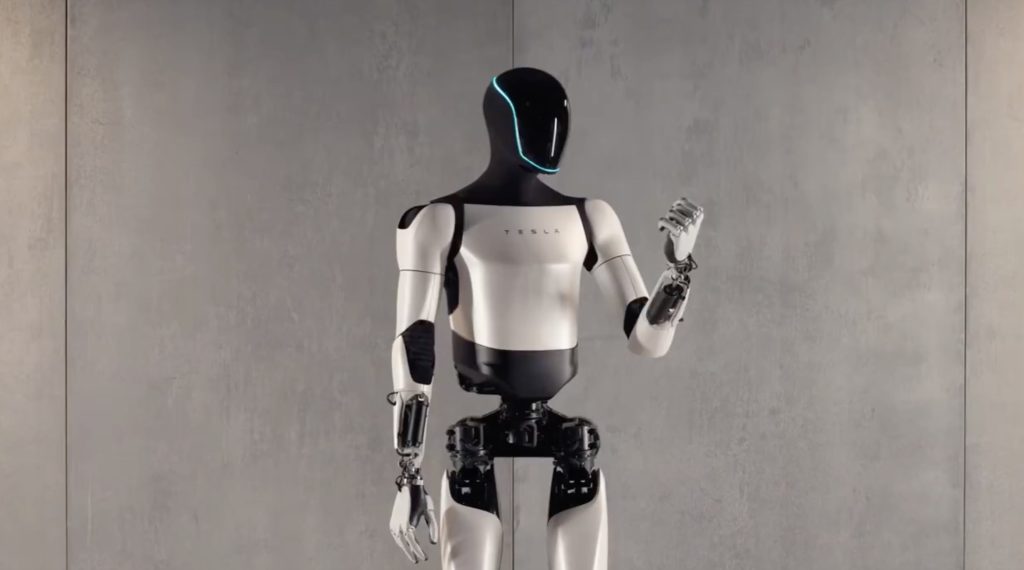In the realm of artificial intelligence, humanoid robots have always captivated our imagination. From science fiction dreams to real-world applications, the idea of machines resembling humans and performing tasks alongside them continues to fascinate. This fascination has intensified with advancements in robotics, leading to the development of increasingly sophisticated humanoid mobility robots. These robots are no longer confined to the realm of fiction; they’re steadily becoming part of our present and future.

Humanoid mobility robots, essentially robots designed with a human-like structure and the ability to move autonomously, offer a unique blend of maneuverability and adaptability. They stand apart from traditional wheeled or tracked robots by mimicking human locomotion, enabling them to navigate complex environments, climb stairs, and interact with human-centric spaces more naturally.
A Look at the Capabilities:
Their ability to mimic human movement stems from complex mechanical systems and sophisticated control algorithms. These robots typically feature:
Articulated Limbs: Mimicking the complexity of the human skeleton, they have multiple joints allowing for a wide range of motion, emulating walking, running, jumping, and even grasping objects.
Sensors: Equipped with an array of sensors, including cameras, touch sensors, and inertial measurement units, they perceive their surroundings, avoiding obstacles and understanding their spatial context.
AI-powered Control: Advanced algorithms, powered by artificial intelligence, process sensor data and enable the robots to make real-time adjustments, balance, and execute complex movements with fluidity.
Applications across Diverse Fields:
The versatility of humanoid mobility robots opens doors to various applications:
Healthcare:
- Providing assistance to elderly patients and individuals with disabilities, aiding in daily tasks, rehabilitation exercises, and medication reminders.
- Assisting nurses and healthcare professionals with patient monitoring, transportation of equipment, and delicate procedures.
Manufacturing and Logistics:
- Working alongside humans on assembly lines, performing repetitive tasks, carrying materials, and navigating cluttered warehouse environments.
- Inspecting machinery, conducting quality control checks, and providing real-time data on production processes.
Search and Rescue:
- Accessing hazardous areas, such as collapsed buildings or disaster zones, to locate survivors and assess damage.
- Carrying equipment and providing medical assistance in challenging environments.
Customer Service and Hospitality:
- Acting as interactive guides in museums, airports, and public spaces, providing information and assistance to visitors.
- Serving as concierge robots in hotels, offering check-in services, room service, and personalized recommendations.
Education and Research:
- Serving as interactive learning tools in schools and universities, demonstrating scientific principles and engaging students in educational activities.
- Assisting researchers in conducting experiments, collecting data, and exploring new frontiers in robotics and AI.
Challenges and Ethical Considerations:
While the potential of humanoid mobility robots is immense, their development and deployment also raise several challenges:
Safety and Reliability: Ensuring the safety of humans interacting with these robots, preventing accidents, and guaranteeing reliable performance in unpredictable environments is paramount. Robust safety protocols, fail-safe mechanisms, and ongoing testing are crucial.
Cost and Accessibility:
The high cost of developing and manufacturing sophisticated humanoid robots can limit their widespread adoption. Finding ways to reduce costs and make these technologies more accessible is essential for realizing their full potential.
- Ethical Implications:
The increasing autonomy and human-like capabilities of these robots raise ethical questions surrounding issues like job displacement, data privacy, and the potential for misuse. Open discussions, responsible development, and clear ethical guidelines are necessary to navigate these complexities.
FAQ:
Q1: Are humanoid robots just for science fiction anymore?
A1: No, humanoid robots are becoming a reality. While they are still under development, advances in AI and robotics have led to the creation of increasingly sophisticated humanoid mobility robots capable of performing real-world tasks.
Q2: What are the key advantages of humanoid robots over other types of robots?
A2: Humanoid robots offer several key advantages:
- Natural Movement: Their ability to mimic human locomotion allows them to navigate complex environments and interact with human-centric spaces more naturally.
- Adaptability:
They can be reprogrammed and adapted to perform a wider range of tasks than robots designed for specific purposes.
- Human-like Interaction:
Certain humanoid robots are designed with visual and auditory capabilities that enable them to communicate and interact with humans in a more intuitive way.
Q3: What are some potential dangers of humanoid robots?
A3: While the benefits are significant, there are also potential dangers:
- Safety Risks: Malfunctions or errors in operation could lead to accidents or injuries, especially in close proximity to humans.
- Job Displacement:
Widespread adoption of humanoid robots could lead to job losses in certain sectors.
- Ethical Concerns:
As robots become more autonomous and intelligent, ethical questions arise around issues like data privacy, bias, and the potential for misuse.
Conclusion:
Humanoid mobility robots represent a transformative technology with the potential to revolutionize numerous industries and aspects of our daily lives. Their ability to move, interact, and adapt like humans opens up a world of possibilities for improving efficiency, safety, and well-being. However, it is crucial to approach the development and deployment of these robots responsibly, addressing safety concerns, mitigating ethical challenges, and ensuring that they benefit society as a whole. As research and innovation continue to push the boundaries of humanoid robotics, we can expect to see even more remarkable advancements in the years to come, shaping the future of human-robot collaboration in profound ways.
Closure
Thus, we hope this article has provided valuable insights into Walking the Walk: Examining the Rise of Humanoid Mobility Robots. We appreciate your attention to our article. See you in our next article!
